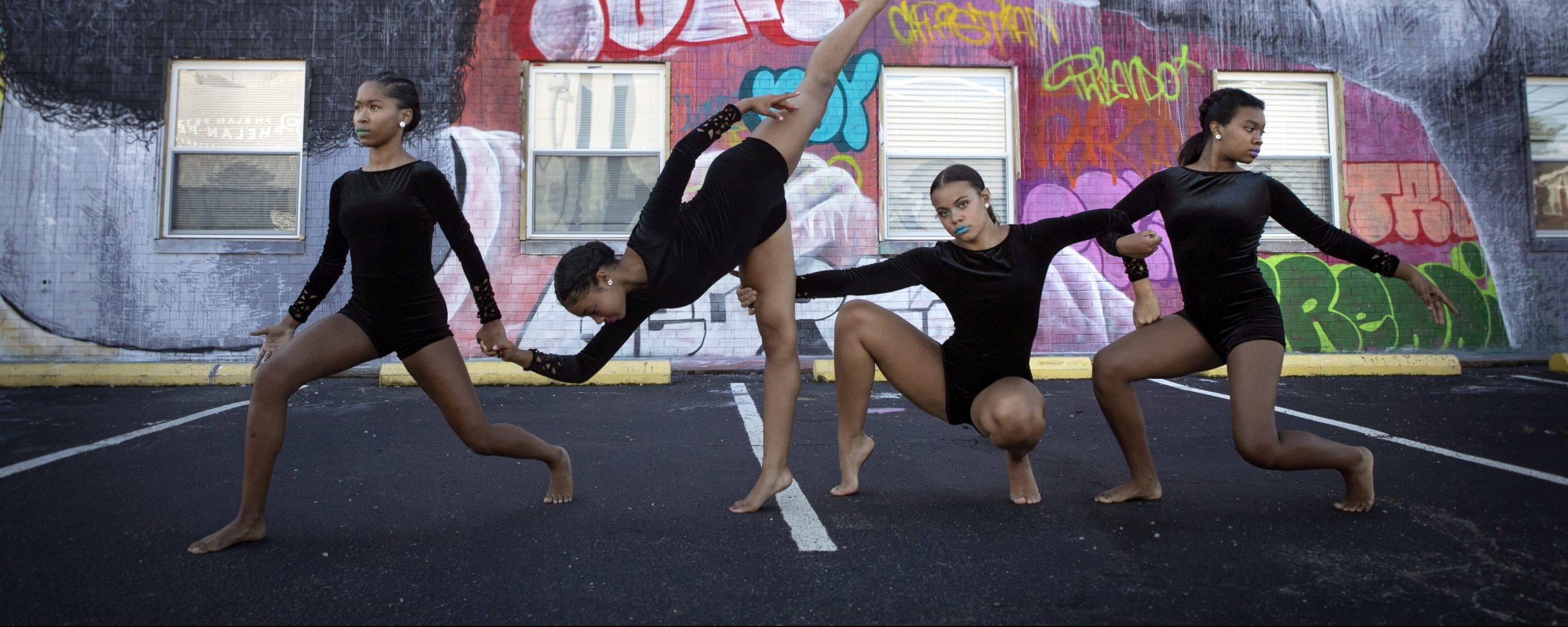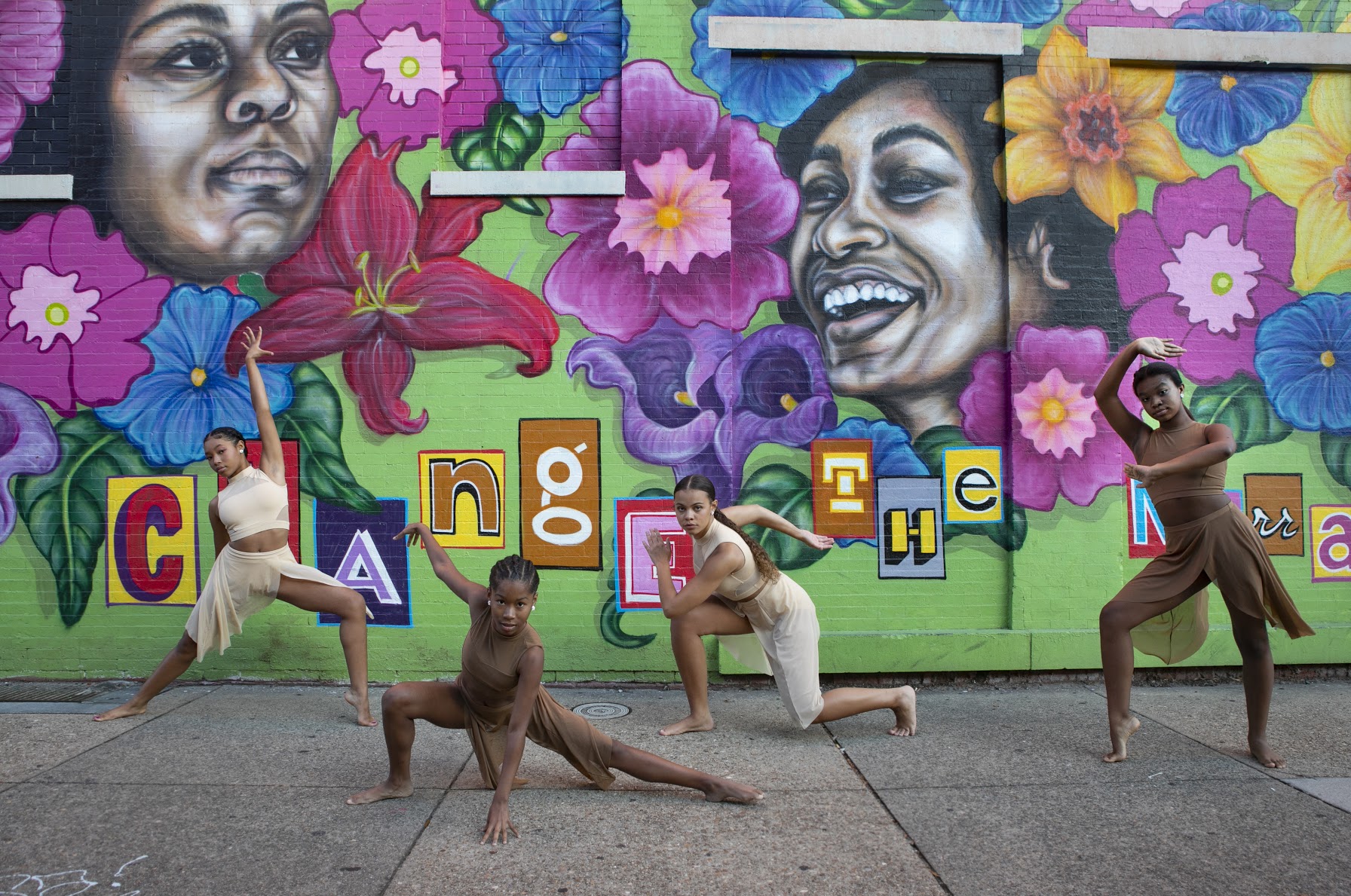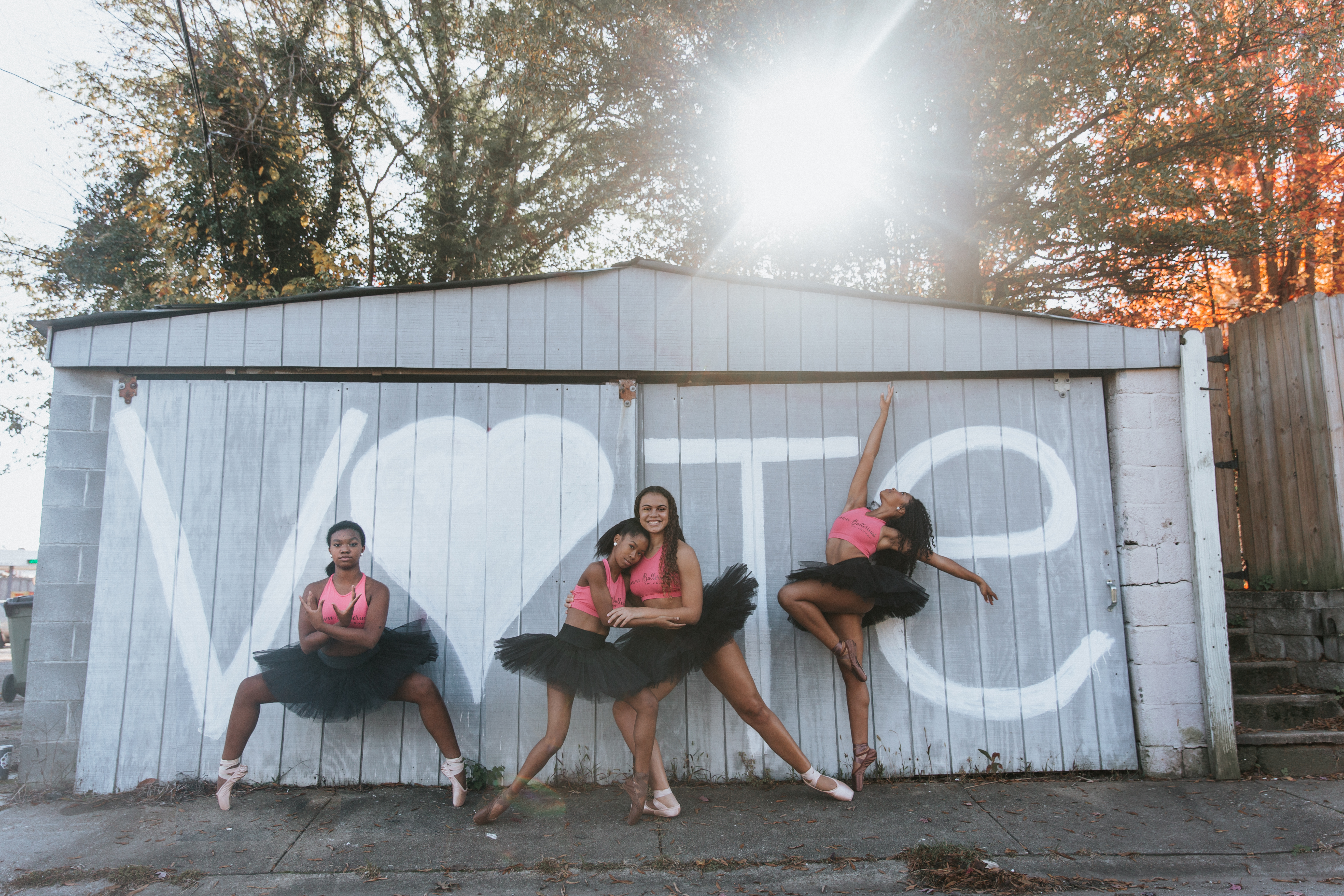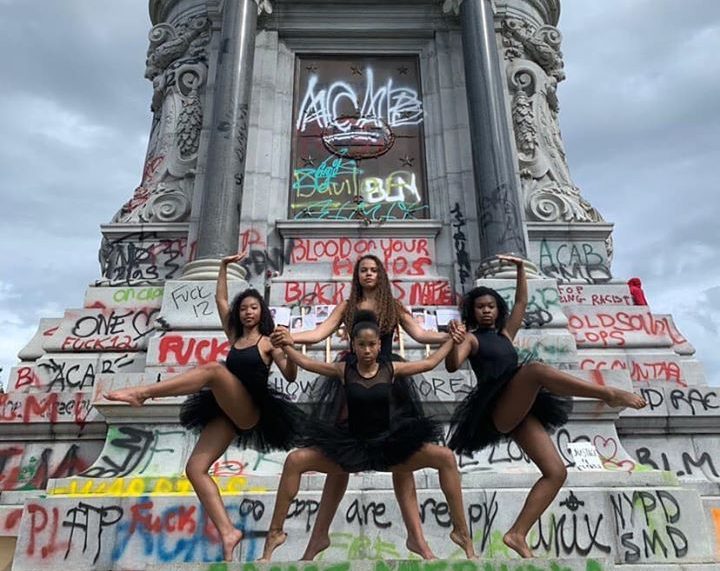Brown Ballerinas for Change: What One Organization Can Teach Us About Dance, Artivism, and Empowering Young People
Learn more about why we’re inviting students ages 13 to 21 to tell their story through movement and dance based on what we learned from the organization Brown Ballerinas for Change.

Students should be encouraged and empowered to dream big about the future, express how they see the world, and create the future they want to see. The XQ Art + Activism challenge series was designed to do just that. XQ launched the XQ Art +Activism challenge in response to what we heard from students about a need to process their feelings during the pandemic and racial reckoning. The XQ Artivism Challenge series invited students to discover and debut their inner artists. The first two challenges, the XQ Music and Activism Challenge ft. SOL Development and XQ Visual Arts and Activism Challenge ft. BMike, reminded students that inspiration lives all around, that learning lives all around us, and that the opportunity to create is always at our fingertips. More than that, art and creative expression can help students adapt to an ever-changing world by developing their creative thinking, asking them to adapt and pivot, and inspiring a love of perseverance—which is why XQ continued with our creative challenges with the XQ Dance and Activism Challenge ft. Misty Copeland.
Learn more about why we’re inviting students ages 13 to 21 to tell their story through movement and dance based on what we learned from the organization Brown Ballerinas for Change.

Dance and Self-Expression
Art forms like dance can help students grapple with big emotions through self-expression. Creative expression helps students process emotions, connect to others in positive ways, and learn. It inspires students to become activists and fight for social justice with creative expression. And, if we can convey meaning through movement, wouldn’t dance be the best medium to help students embody activism? That’s why we are partnering with Misty Copeland to make dance more accessible to students across the country. This inclusion will help us build a new world based on inclusive values and ideals. We want to guide young people to what it means to be bold and creative lifelong learners and activists. By inspiring more of our students to engage in creative projects, we empower students to speak up with confidence.
Classical art forms are often built in a lineage of Whiteness that keeps students of color from exploring that media as a way of self-expression. One such art form is ballet. While Misty Copeland broke glass ceilings when she became the first Black principal dancer at the American Ballet Theater, ballet still remains a predominantly White art form. Dance activist organizations like Brown Ballerinas for Change, based in Virginia, work to continue to diversify the dance space. Brown Ballerinas meet at the intersection of activism and ballet. They diversify the ballet world and inspire a generation of dancers to come together in community. More importantly, they inspire all of us to explore ourselves, our voices, and our imaginations through dance.
Dance and Communication
“There are so many issues in society and I think it is hard to just focus on one. People need to be more accepting and understanding of differences. Dance allows for this practice,” Sophia Chambliss, a dancer with Brown Ballerinas, explains. “As a dancer, you are supposed to be a unit—to dance together—and sometimes that is hard because we all are different people. Dance can’t necessarily solve this issue but it helps you be more aware of others.”

Dance is a form of connection and communication. It’s a means of expressing thoughts and emotions and helps students convey complex emotions that cannot be captured as vividly in words. Dance—and other exercises that ask students to use their bodies to communicate complex ideas—can unlock student’s creativity and help them express things that are often hard to communicate.
“Movement expresses feelings. It keeps you from being over analytical about everything. Movement is another way to communicate to people what you’re feeling, thinking, and experiencing,” explains Kennedy George, a dancer with Brown Ballerinas. “When you’re dancing there aren’t interruptions or objections, just interpretations. Some people speak using just words, gestures, and body language while I speak through my movement in dance.”
Dance and Mental Health
The past year has pushed students to their limits, forced them to adapt to an uncertain world, and broken down their social connections. They have missed opportunities to communicate with each other and lost moments that provide authentic development of their innermost identities. Dance and art can help students learn to be in their bodies again—especially after a year spent isolated from peers and stuck indoors. “I deal with a lot of heavy, serious issues most times so it’s nice to be able to let loose and have fun,” Kennedy expresses.
Dance is an incredibly accessible art form. It asks us to use our bodies to express how we feel and in doing so helps us access our true identities. It’s a really grounding art form that allows us to touch our inner child and embody our clearest form of communication, movement. In a moment of massive uncertainty and a looming mental health crisis, dance is a tool to help us relax and allows us to have fun.

The last year taught us about the importance of community. Students across the country worked together to create community, virtually, over shared interests. More importantly, the XQ Art and Activism Challenge created pathways for community by connecting young artists to speak with each other, give feedback on each other’s work, and come together in a creative community. It proved the importance of helping students find community through their hobbies rather than through proximity. The importance of shared interest in creating meaningful relationships is ever present in Brown Ballerinas. “Family. That’s the only way to describe this community of dancers,” explains Sophie Chamblis. “We laugh like best friends, are there for eachother like sisters, we watch out for one another, and I think I spend more time with the people at my studio than I do my own family. I have never been so close to people in my life.”
Dance and Diversity
Educators need to make sure that we are making space for all students to find their way into the arts—even classical art like ballet. However, it is imperative that we don’t let diversity exist only performatively. We must create equitable spaces by inviting students who are historically overlooked. That means we create holistic diversity—which includes diversity of thought, identity, and experience—because only then can we understand how a more equitable world could and should look.
Dance asks students to take up space. It demands them to move—empowered and impactful—through the space around them. However, to inspire dancers of the next generation, we need to help young people see their possibilities. Representation offers no better way to do that. “More dancers of color need to be dancing in lead roles on stages across the world,” Kennedy explains. “Dancers of color need to be recognized for all that we bring to the ballet world…diversity, beauty, elegance, strength, and so much more.”
Similarly, Ava, another dance at Brown Ballerinas, explains how she plans to pass empowerment forward to the next generation of dancers: “I want other Brown girls to know that just because ballet is historically seen as a ‘White art form’ does not mean that they should not participate or involve themselves in this amazing thing. There is a place for them too.”
And, that sentiment is exactly what Brown Ballerinas tries to amplify. They want to include Black and Brown girls in spaces that have historically excluded them.
Learn More about the #XQMistyChallenge
Students ages 13-21, you’re all invited to enter XQ’s Dance + Activism Challenge with Misty Copeland by June 9th. Sign up at XQCHALLENGE.COM! Have any questions? Text ARTIVISM to 724665 or send us a DM on our Instagram (@xqamerica).
Join the challenge to win prizes and gain access to a growing digital community of makers – peers and mentors alike. All genres of movement are welcome.









